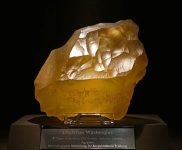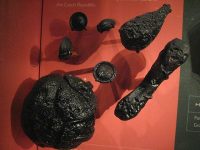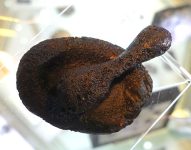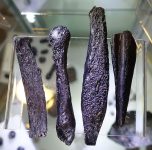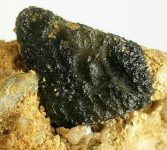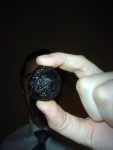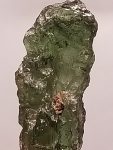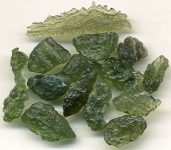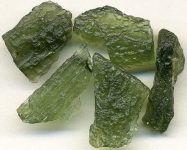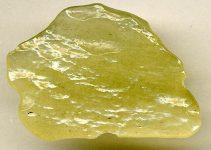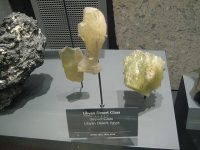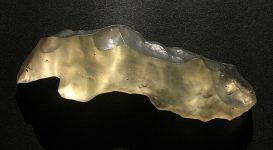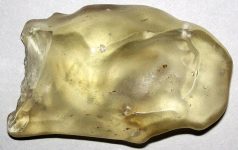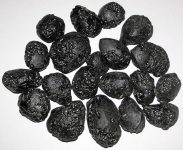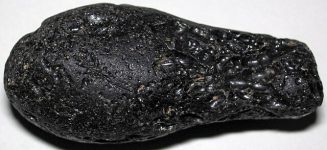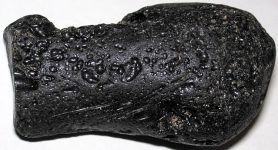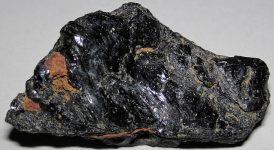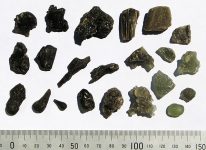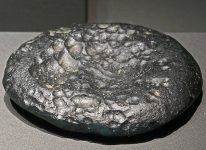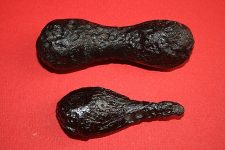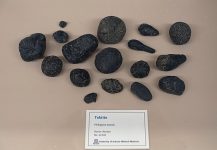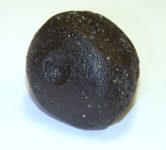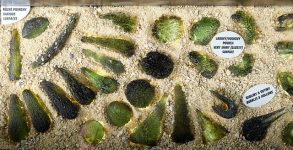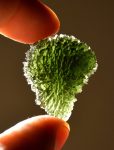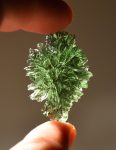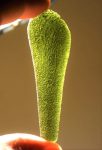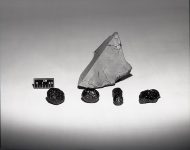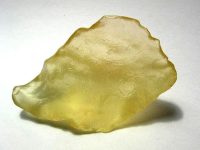tektite
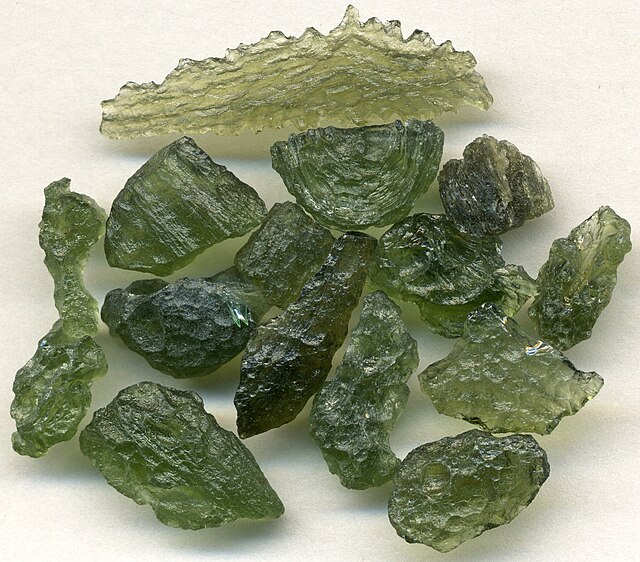
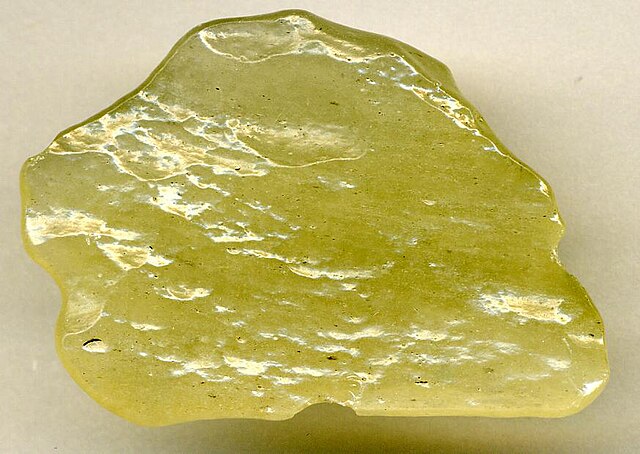

Tektite
Tektites are a type of natural glass formed by the impact of large meteorites on the Earth’s surface. These fascinating objects are found in various regions across the globe and are known for their unique shapes, chemical compositions, and formation processes. Tektites provide valuable insights into impact cratering events and the interactions between extraterrestrial objects and the Earth’s surface.
Composition and Structure
Tektites are composed mainly of silica (SiO2), with varying amounts of other oxides such as alumina (Al2O3), iron oxide (FeO), and magnesia (MgO). Their composition is similar to that of terrestrial rocks, but with certain distinctive features that result from their high-temperature formation.
Silica Content
Tektites typically have a high silica content, ranging from 65% to 85%. This high silica content gives tektites their glassy nature and contributes to their physical properties, such as hardness and resistance to weathering.
Other Oxides
In addition to silica, tektites contain several other oxides that influence their color and density. The presence of iron oxide often gives tektites a dark, greenish to black color, while other oxides like alumina and magnesia contribute to their overall chemical stability.
Microstructure
Under a microscope, tektites show a lack of crystalline structure, which is characteristic of glass. They may also contain microscopic bubbles and inclusions, which are remnants of the volatile materials and gases present during their formation.
Classification of Tektites
Tektites are classified into four main groups based on their geographic distribution and certain chemical and physical characteristics: Australites, Indochinites, Philippinites, and Moldavites.
Australites
Australites are tektites found primarily in Australia. They are known for their distinctive shapes, including button, flanged, and core forms. Australites often exhibit ablation features, resulting from their high-velocity reentry into the Earth’s atmosphere after being ejected by an impact.
Indochinites
Indochinites are found in Southeast Asia, particularly in countries like Thailand, Vietnam, and Laos. They are typically dark and glassy with a variety of shapes, including irregular fragments and rounded forms. Indochinites are among the most abundant tektites.
Philippinites
Philippinites are tektites discovered in the Philippines. They are generally larger and heavier than other tektite types and exhibit a range of shapes, from spherical to elongated forms. Their size and mass make them particularly interesting for studies on the dynamics of impact ejecta.
Moldavites
Moldavites are a unique type of tektite found in central Europe, primarily in the Czech Republic and Germany. They are characterized by their distinctive green color and are often found in a variety of shapes, including drops, discs, and irregular fragments. Moldavites are highly valued for their aesthetic and gemological properties.
Formation and Origin
The formation of tektites is linked to the high-energy impact events that occur when large meteorites collide with the Earth.
Impact Events
When a large meteorite impacts the Earth’s surface, the immense energy released causes the target rock to melt and vaporize. This molten material is then ejected into the atmosphere, where it cools and solidifies into glassy tektites. The high temperatures and rapid cooling involved in this process prevent the formation of crystalline structures, resulting in the amorphous nature of tektites.
Ejection and Distribution
The ejected material can travel vast distances from the impact site. The specific patterns of distribution depend on factors such as the size and velocity of the impactor, the angle of impact, and atmospheric conditions. This explains why tektites can be found in geographically distinct regions, often far from the original impact site.
Geographic Strewn Fields
Tektites are found in specific geographic regions known as strewn fields. These fields are the areas over which the tektites have been distributed following an impact event. Each strewn field is associated with a particular impact crater, although the exact location of some craters remains uncertain. The Australasian strewn field, for instance, is the largest and is linked to an impact event that occurred approximately 800,000 years ago.
Understanding Impact Processes
The study of tektites helps scientists understand the conditions and processes involved in meteorite impacts. By analyzing their composition, structure, and distribution, researchers can infer details about the impactor, the energy released, and the behavior of molten material ejected during the event.
Insights into Terrestrial and Extraterrestrial Interactions
Tektites provide a unique record of the interactions between extraterrestrial objects and the Earth’s surface. Their study can reveal information about the composition of the target rocks, the nature of the impactor, and the environmental consequences of impact events.
